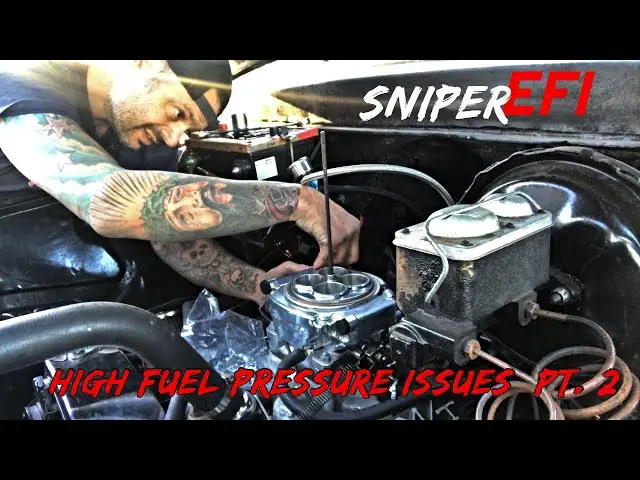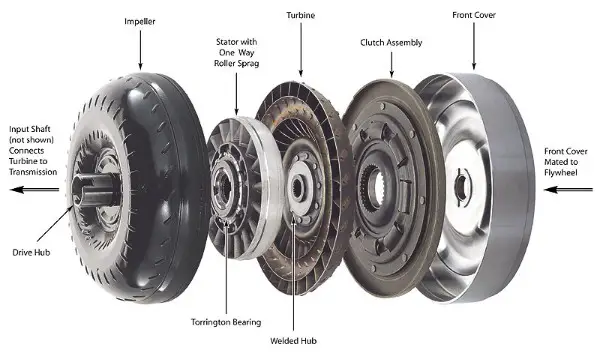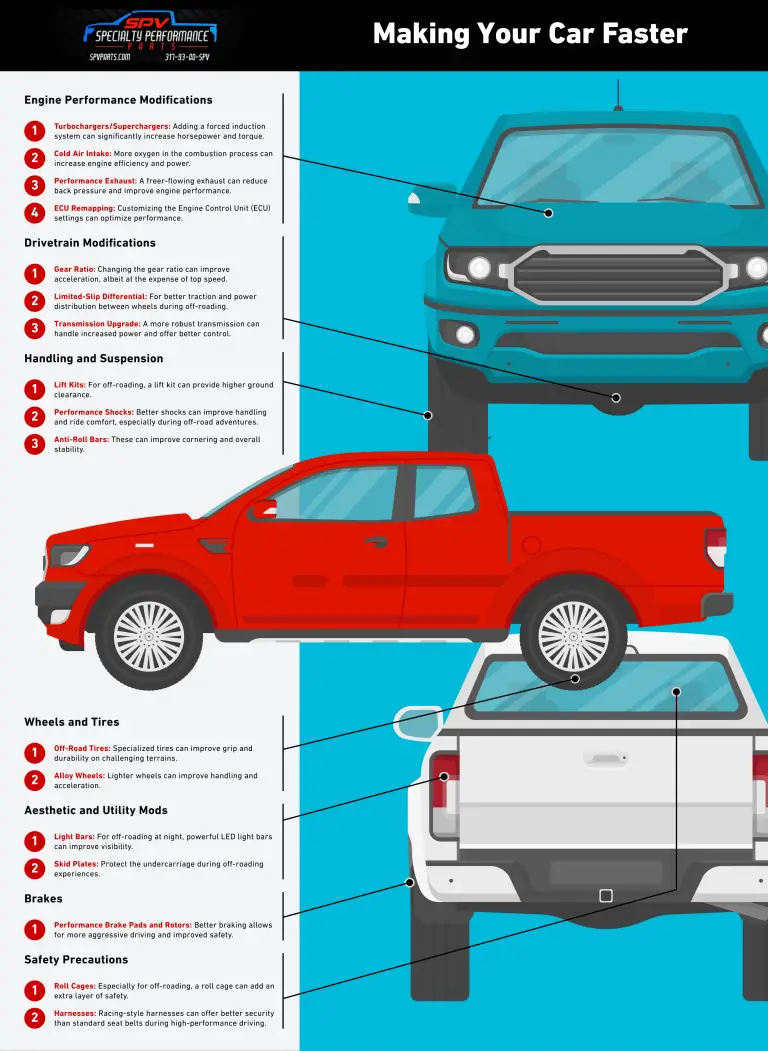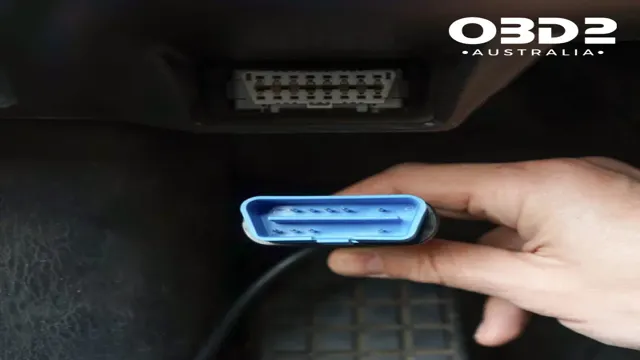How to Fix High Fuel Pressure
High fuel pressure in a vehicle can lead to various problems, including engine knocking, rough idling, and decreased fuel economy. It’s important to address this issue promptly to prevent potential damage to the engine and ensure optimal vehicle performance. In this guide, we will discuss the common causes of high fuel pressure and explore the steps to fix this issue.

Credit: thp-high-pressure-pump-services.webnode.page
Common Causes of High Fuel Pressure
Before diving into the solutions, it’s essential to understand the potential culprits behind high fuel pressure. Here are some common causes:
- Clogged Fuel Filter: A clogged fuel filter can restrict the flow of fuel, leading to increased pressure within the fuel system.
- Malfunctioning Fuel Pressure Regulator: If the fuel pressure regulator is faulty, it may fail to maintain the proper pressure levels, resulting in high fuel pressure.
- Faulty Fuel Pump: A failing fuel pump can deliver excessive fuel to the engine, causing a spike in fuel pressure.
- Restricted Fuel Return Line: A kinked or clogged fuel return line can hinder the proper circulation of fuel, leading to elevated pressure levels.
Steps to Fix High Fuel Pressure
Now that we’ve identified the potential causes, let’s explore the steps to remedy high fuel pressure in a vehicle.
1. Inspect And Replace The Fuel Filter
Start by inspecting the fuel filter for any signs of clogging or debris accumulation. A clogged fuel filter can impede the flow of fuel and cause pressure buildup in the system. If necessary, replace the fuel filter with a new one to restore proper fuel flow and alleviate high pressure.
2. Check The Fuel Pressure Regulator
Verify the functionality of the fuel pressure regulator. Use a fuel pressure gauge to measure the pressure at the regulator’s vacuum line. If the pressure exceeds the specified range, the regulator may need replacement. Consult the vehicle’s manual for the recommended pressure levels and proceed with the necessary repairs or replacements.
3. Test The Fuel Pump
Conduct a fuel pressure test to assess the performance of the fuel pump. If the test indicates abnormally high pressure readings, the fuel pump may be the root cause of the issue. Consider replacing the fuel pump to rectify the high pressure problem and ensure proper fuel delivery to the engine.
4. Inspect The Fuel Return Line
Examine the fuel return line for any obstructions or restrictions that may impede the proper circulation of fuel. Address any kinks, bends, or clogs in the return line to facilitate smooth fuel flow and alleviate high pressure within the system.
By following these steps, you can effectively diagnose and address high fuel pressure in your vehicle. However, if you’re uncertain about performing these tasks yourself or if the issue persists after these interventions, it’s advisable to seek professional assistance from a qualified mechanic.
Frequently Asked Questions Of How To Fix High Fuel Pressure
What Are The Common Symptoms Of High Fuel Pressure?
High fuel pressure often leads to rough idling, engine misfires, and decreased fuel efficiency.
How Can High Fuel Pressure Affect My Vehicle’s Performance?
High fuel pressure can cause issues such as engine knocking, increased emissions, and potential damage to the fuel injectors.
What Are The Potential Causes Of High Fuel Pressure?
Potential causes of high fuel pressure include a faulty fuel pressure regulator, clogged fuel filter, or a malfunctioning fuel pump.
Is It Possible To Fix High Fuel Pressure Without Professional Help?
In some cases, checking for fuel leaks, inspecting the fuel pressure regulator, or replacing the fuel filter may help resolve high fuel pressure issues. However, professional diagnosis is recommended.
Conclusion
High fuel pressure can lead to detrimental effects on a vehicle’s performance and engine health. By understanding the common causes of high fuel pressure and following the recommended steps to address this issue, you can maintain optimal fuel system function and ensure a smooth driving experience. Regular maintenance and timely intervention are crucial in preserving the efficiency and longevity of your vehicle’s fuel system.





